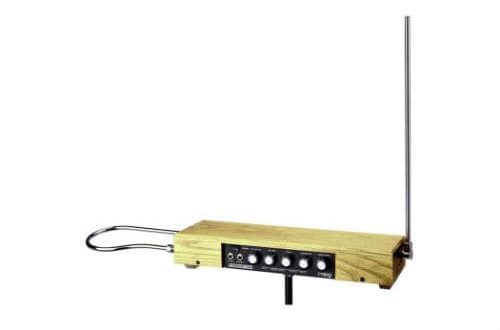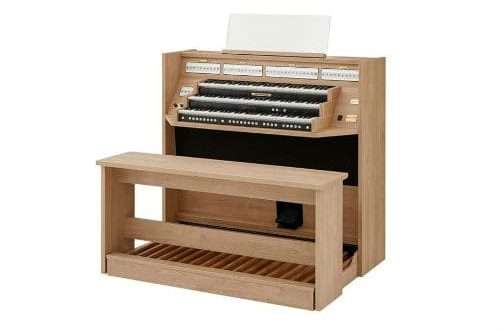
Synthesizer: instrument composition, history, varieties, how to choose
A synthesizer is an electronic musical instrument. Refers to the type of keyboard, but there are versions with alternative input methods.
Устройство
A classic keyboard synthesizer is a case with electronics inside and a keyboard outside. Housing material – plastic, metal. Wood is rarely used. The size of the instrument depends on the number of keys and electronic elements.

Synthesizers are usually controlled using the keyboard. It can be built-in and connected, for example, via midi. The keys are sensitive to the force and speed of pressing. The key may have an active hammer mechanism.
Also, the tool can be equipped with touch panels that respond to touch and slide fingers. Blow controllers allow you to play the sound from the synthesizer like a flute.
The upper part contains buttons, displays, knobs, switches. They modify the sound. Displays are analog and liquid crystal.
On the side or top of the case is an interface for connecting external devices. Depending on the model of the synthesizer, you can connect headphones, a microphone, sound effect pedals, a memory card, a USB drive, a computer through the interface.
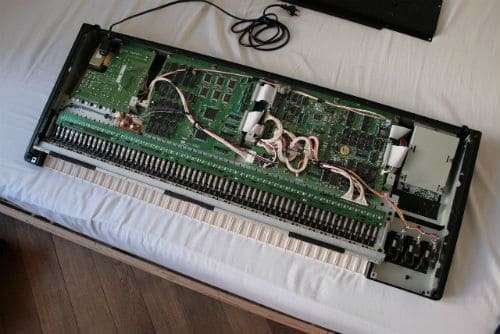
History
The history of the synthesizer began at the beginning of the XNUMXth century with the massive spread of electricity. One of the first electronic musical instruments was the theremin. The instrument was a design with sensitive antennas. By moving his hands over the antenna, the musician produced sound. The device turned out to be popular, but difficult to operate, so experiments with the creation of a new electronic instrument continued.
In 1935, the Hammond organ was released, outwardly similar to a grand piano. The instrument was an electronic variation of the organ. In 1948, Canadian inventor Hugh Le Cain created an electric flute with a highly sensitive keyboard and the ability to use vibrato and glissando. Sound extraction was controlled by a voltage-controlled generator. Later, such generators will be used in synths.
The first full-fledged electric synthesizer was developed in the USA in 1957. The name is “RCA Mark II Sound Synthesizer”. The instrument read a punched tape with the parameters of the desired sound. An analog synth containing 750 vacuum tubes was responsible for the sound extraction function.
In the mid-60s, a modular synthesizer developed by Robert Moog appeared. The device consisted of several modules that create and modify sound. The modules were connected by a switching port.
Moog developed a means of controlling the pitch of a sound through a voltage of electricity called an oscillator. He was also the first to use noise generators, filters and sequencers. Moog’s inventions became an integral part of all future synthesizers.
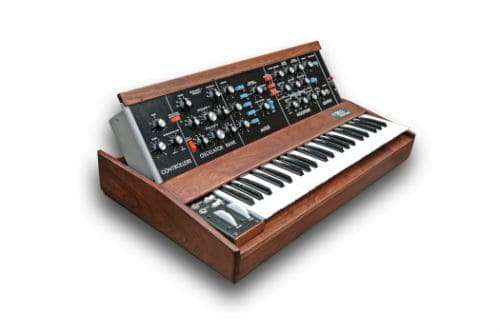
In the 70s, American engineer Don Buchla created the Modular Electric Music System. Instead of a standard keyboard, Buchla used touch-sensitive panels. The characteristics of the sound varied with the force of pressing and the position of the fingers.
In 1970, Moog started mass production of a small model, which became known as the “Minimoog”. It was the first professional synth sold in regular music stores and was intended for live performances. Minimoog standardized the idea of a self-contained tool with a built-in keyboard.
In the UK, the full-length synth was produced by Electronic Music Studios. EMS’s low-price products became popular with progressive rock keyboardists and orchestras. Pink Floyd were one of the first rock bands to use EMS instruments.
Early synthesizers were monophonic. The first polyphonic model was released in 1978 under the name “OB-X”. In the same year, the Prophet-5 was released – the first fully programmable synthesizer. Prophet used microprocessors to extract the sound.
In 1982, the MIDI standard and full-fledged sampler synths appeared. Their main feature is the modification of pre-recorded sounds. The first digital synthesizer, the Yamaha DX7, was released in 1983.
In the 1990s, software synthesizers appeared. They are able to extract sound in real time and work like regular programs running on a computer.
Types
The difference between the types of synthesizers lies in the way the sound is synthesized. There are 3 main types:
- Analog. The sound is synthesized by an additive and subtractive method. The advantage is a smooth change in the amplitude of the sound. The disadvantage is the high volume of third-party noise.
- Virtual analog. Most of the elements are similar to analog. The difference is that the sound is generated by digital signal processors.
- Digital. The sound is processed by the processor according to logic circuits. Dignity – purity of sound and great opportunities for its processing. They can be both physical standalone and fully software tools.
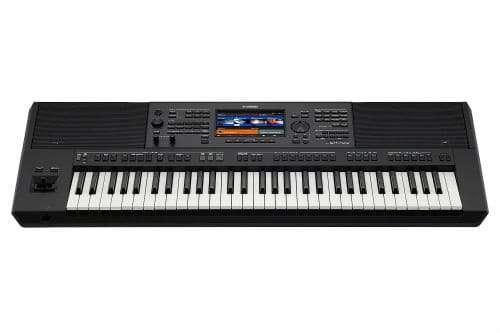
How to choose a synthesizer
Choosing a synthesizer must begin with determining the purpose of use. If the goal is not to extract unusual sounds, then you can pick up a piano or pianoforte. The difference between a synth and a piano is in the type of sound produced: digital and mechanical.
For training, it is not recommended to take a model that is too expensive, but you should not save too much either.
Models differ in the number of keys. The more keys, the wider the sound range covered. Common number of keys: 25, 29, 37, 44, 49, 61, 66, 76, 80, 88. The advantage of a small number is portability. The disadvantage is manual switching and range selection. You should choose the most comfortable option.
Making an informed choice and making a visual comparison is best helped by a consultant in a music store.



